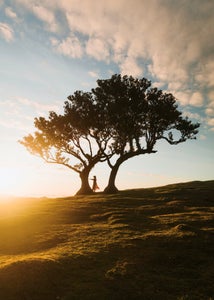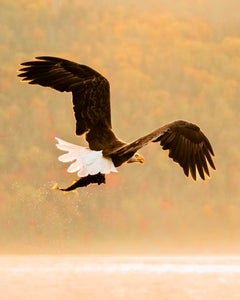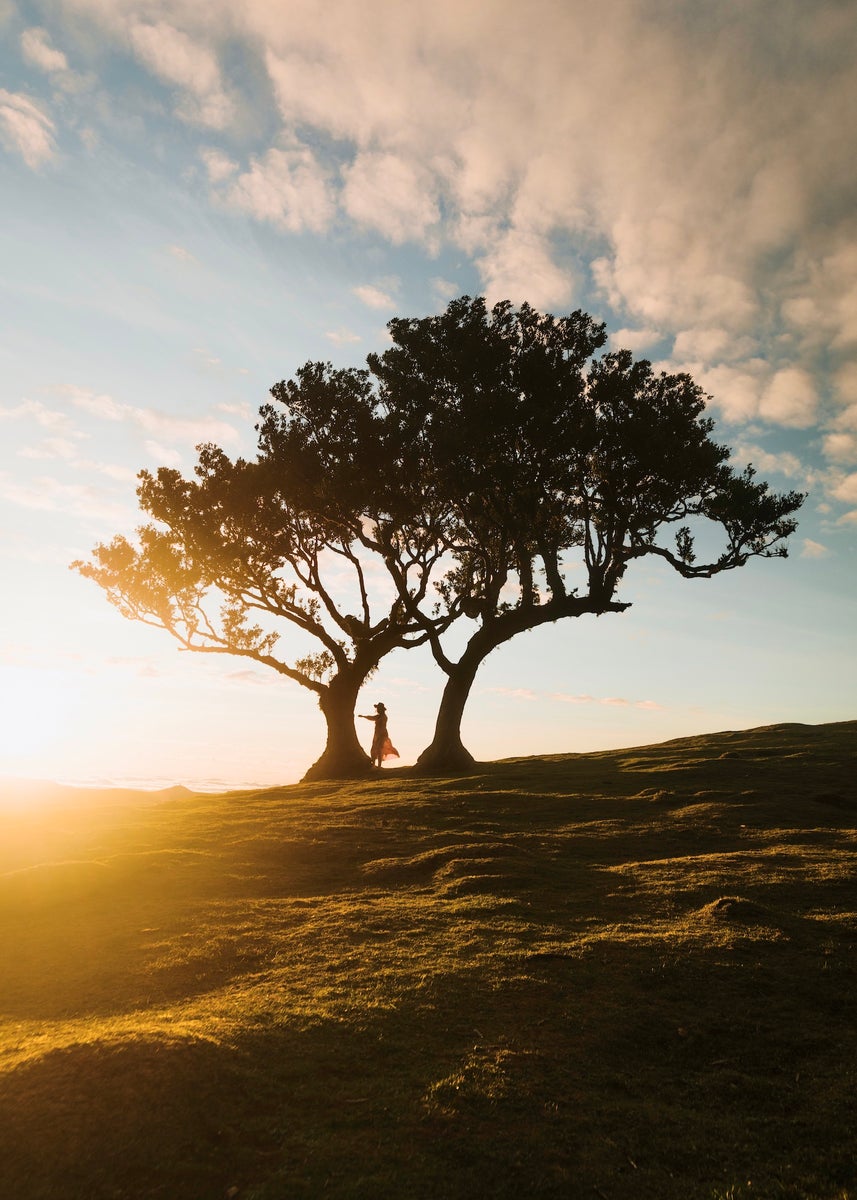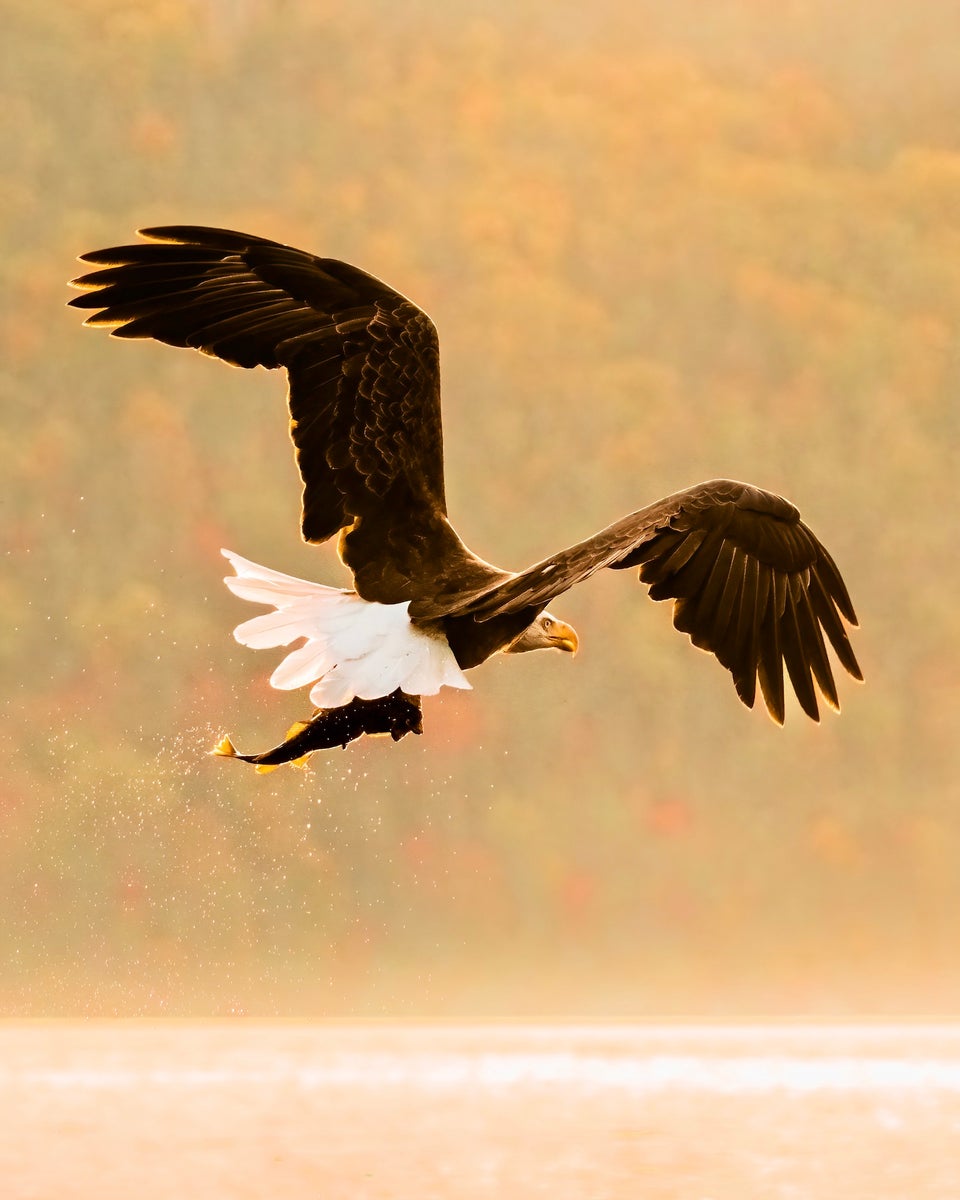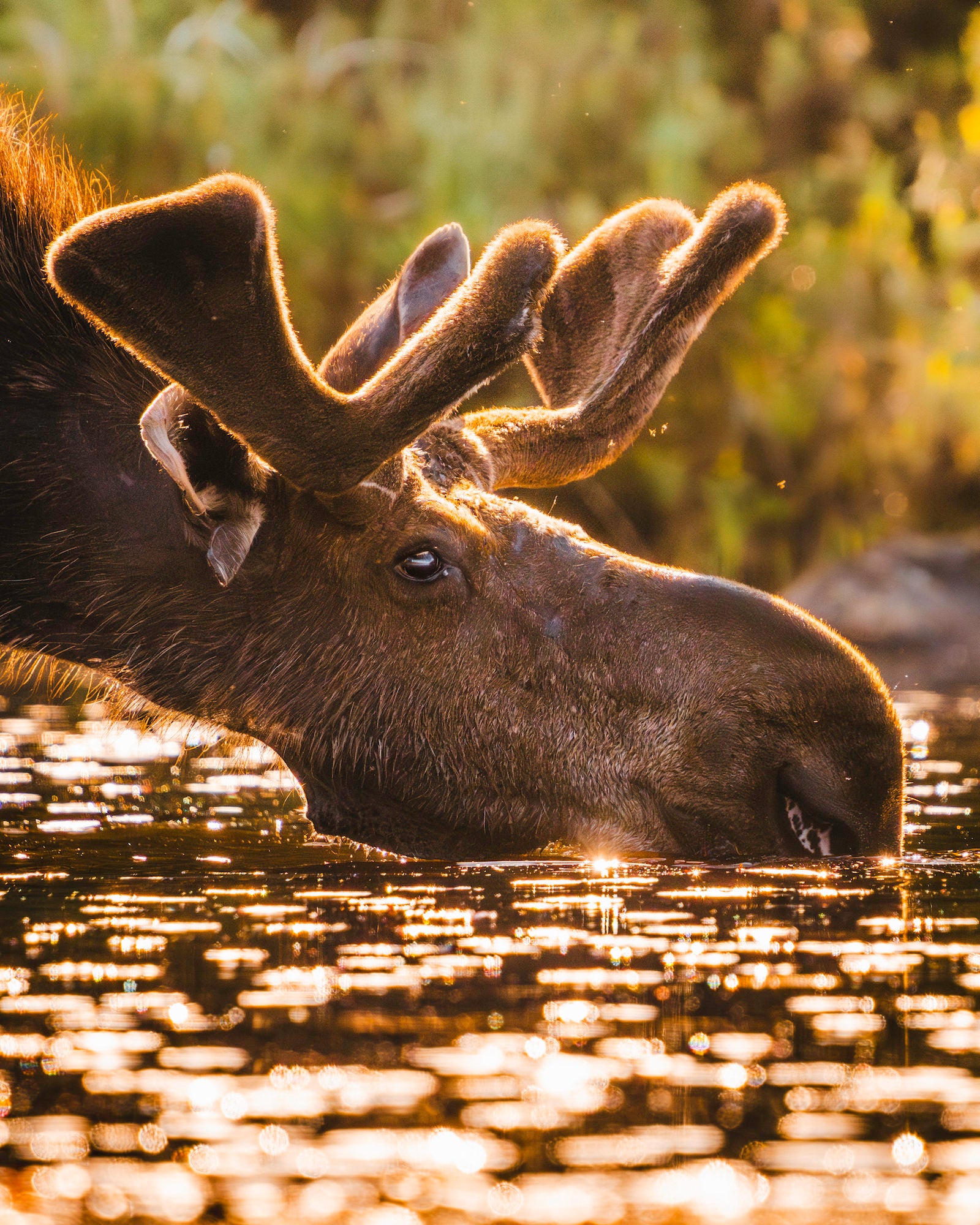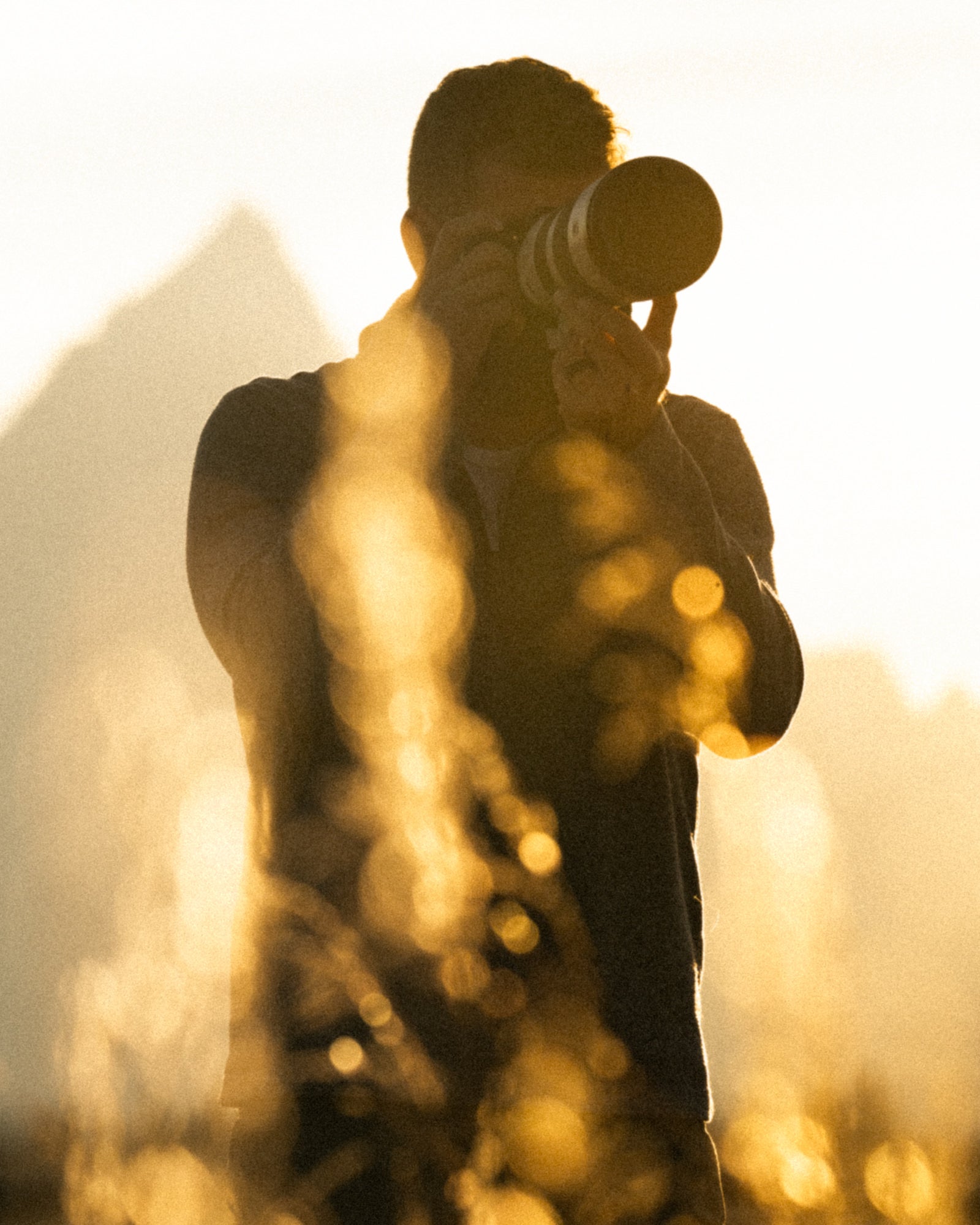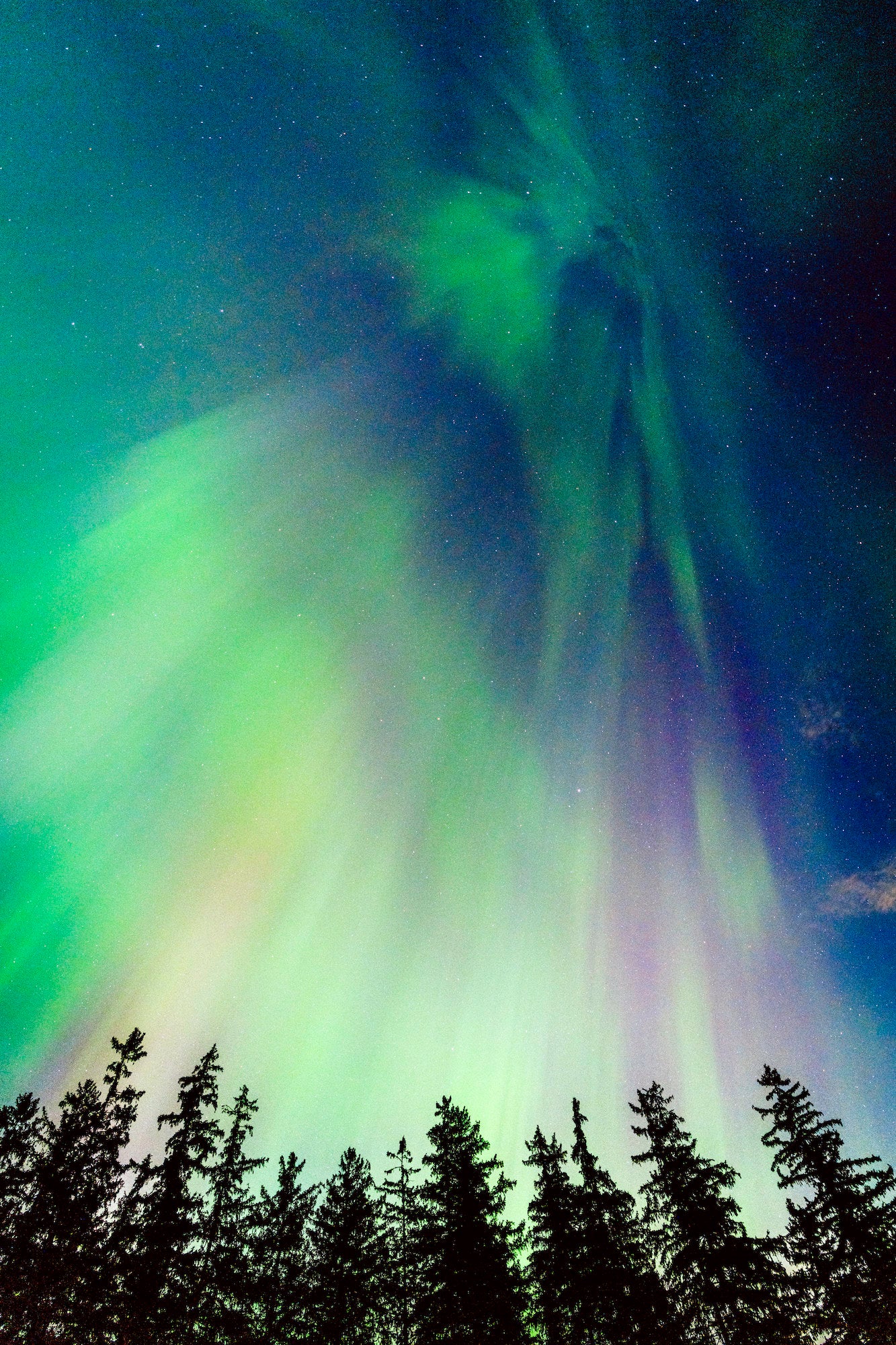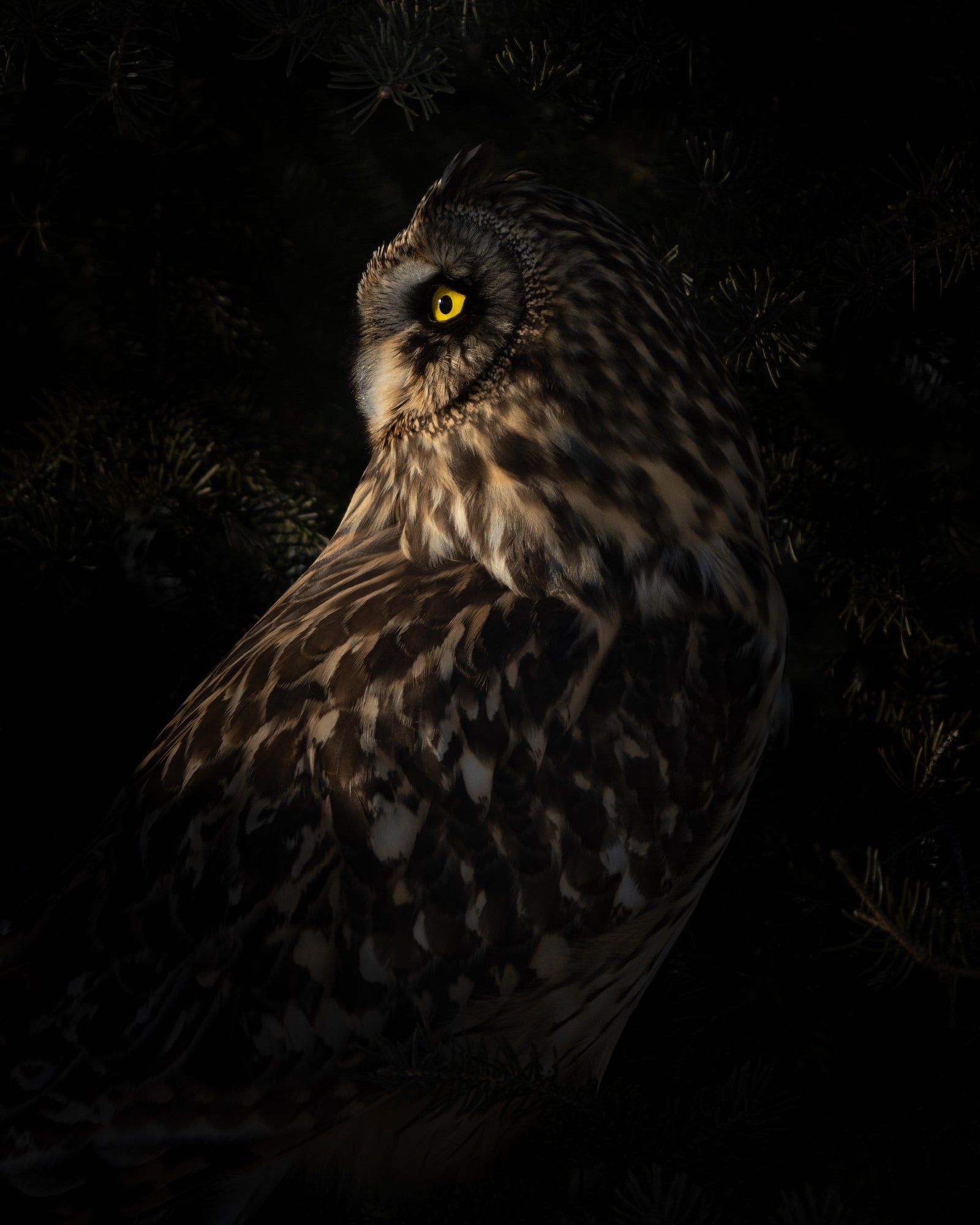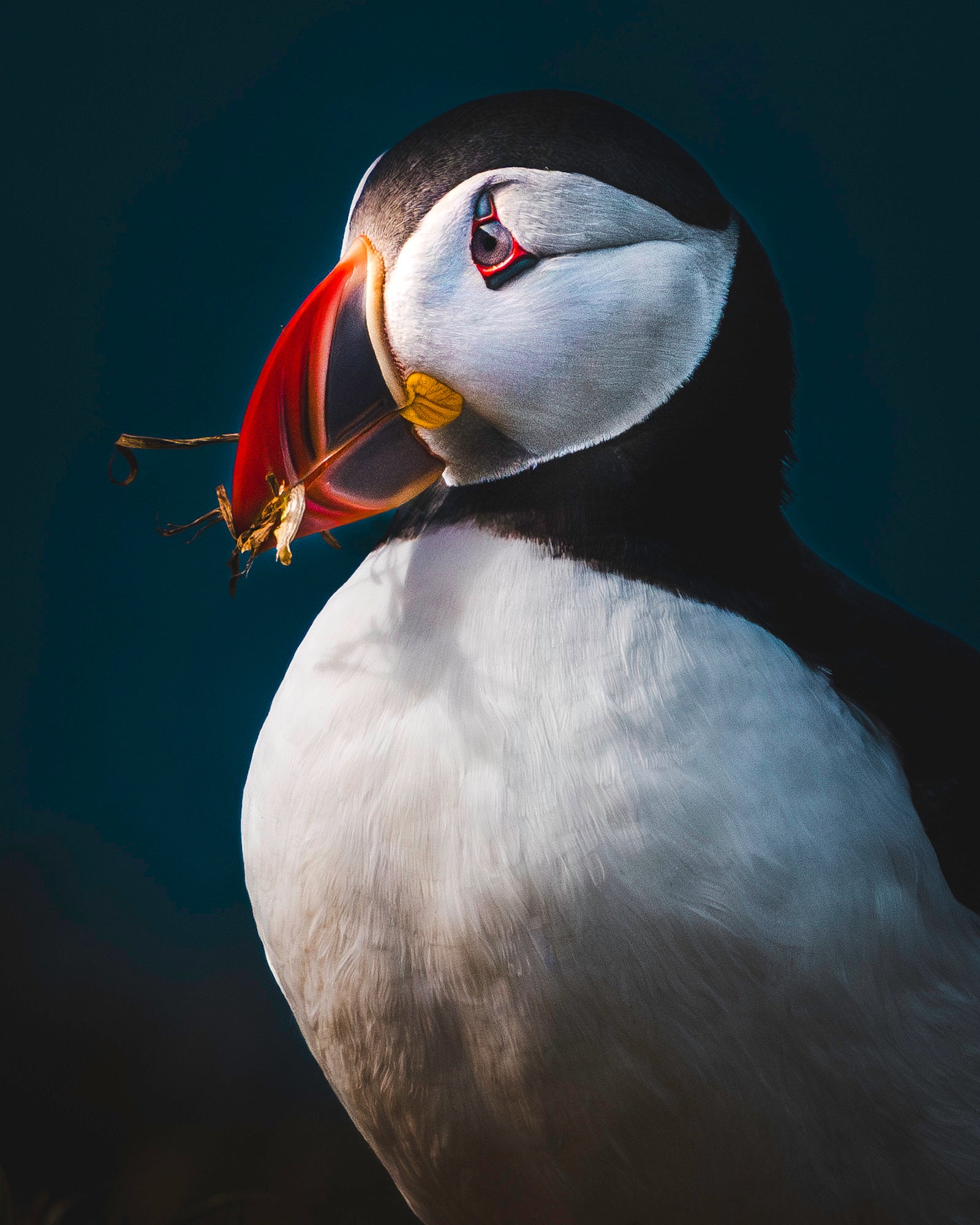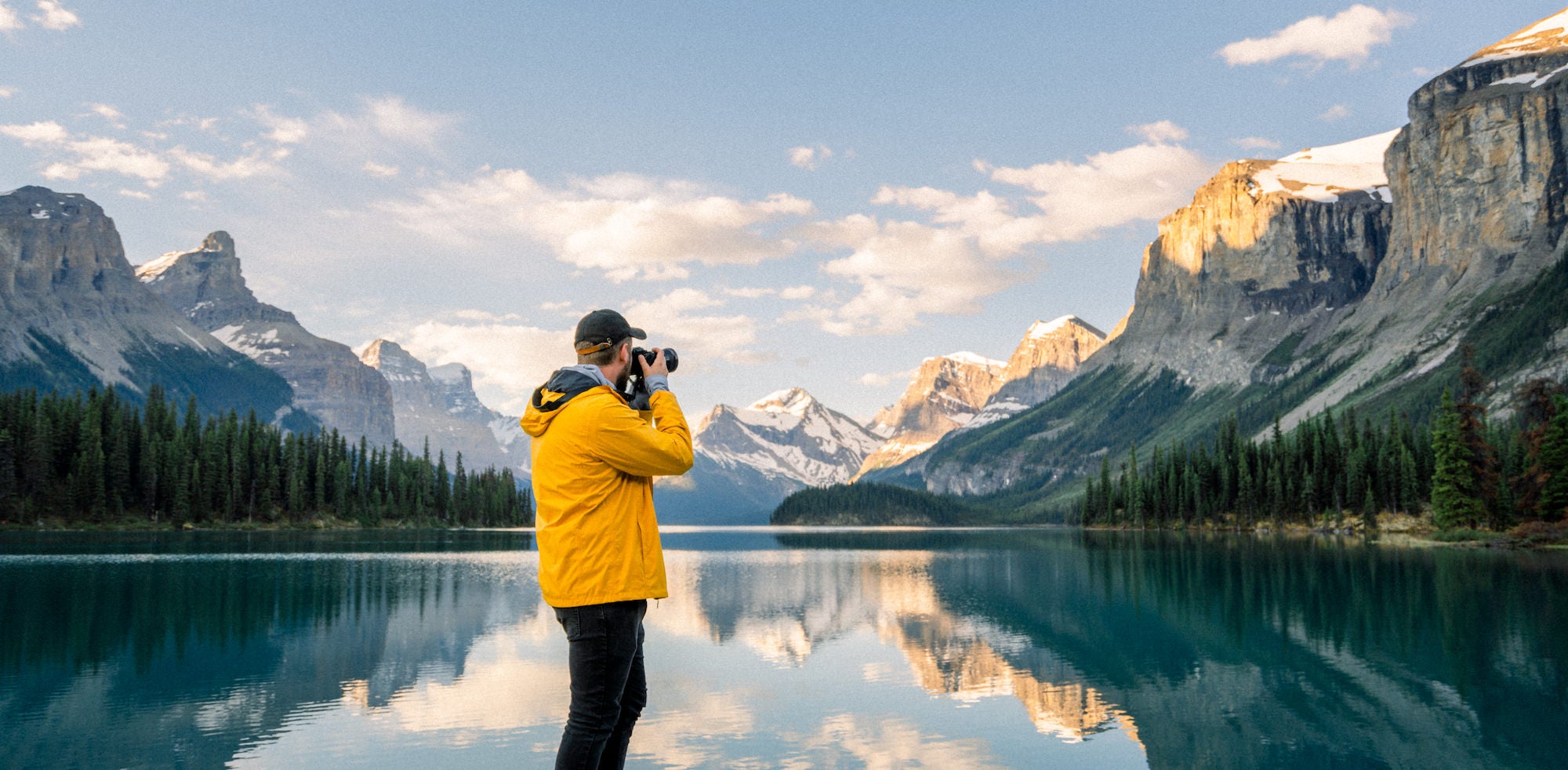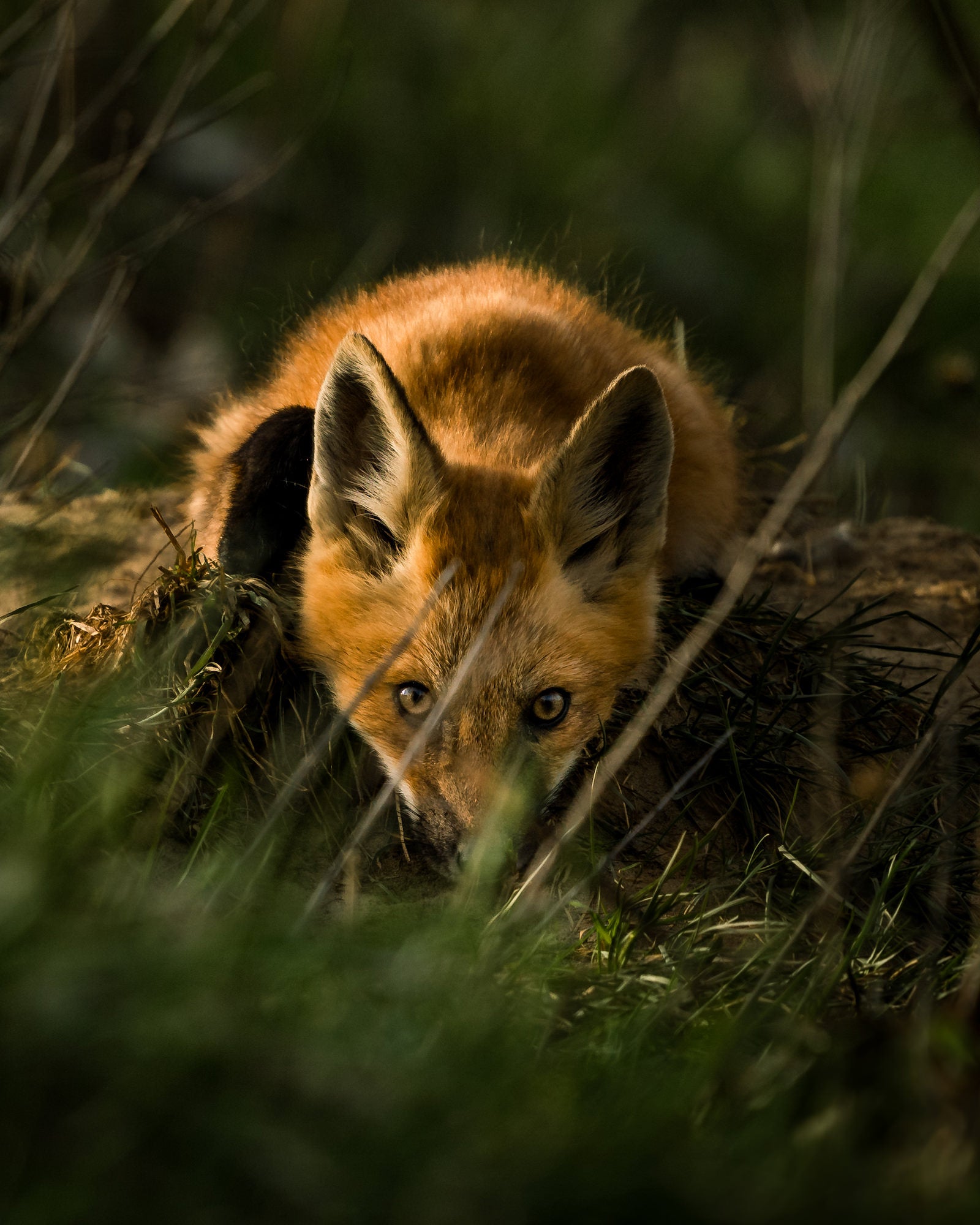Alex Briere (@alexander.briere) is a wildlife and landscape photographer, capturing stories through photo and video from a young age. His camera bag is filled with versatile gear to suit his diverse shooting needs. “My camera kit is centered around two primary tools: the Sony Alpha 7R V for photos and the Sony FX3 for video.” Using these two cameras and several Sony lenses, he is able to capture everything from sweeping vistas and unpredictable wildlife to sharp portraits and cinematic wedding storytelling. We caught up with him to learn more about what’s in his bag – keep reading as he walks us through his gear.
Product Preview – In This Article You’ll Find:
–Sony Alpha 7R V
–Sony FX3
–Sony 16-35mm f/2.8 G Master
–Sony 200-600mm f/5.6-6.3 G
–Sony 50mm f/1.4
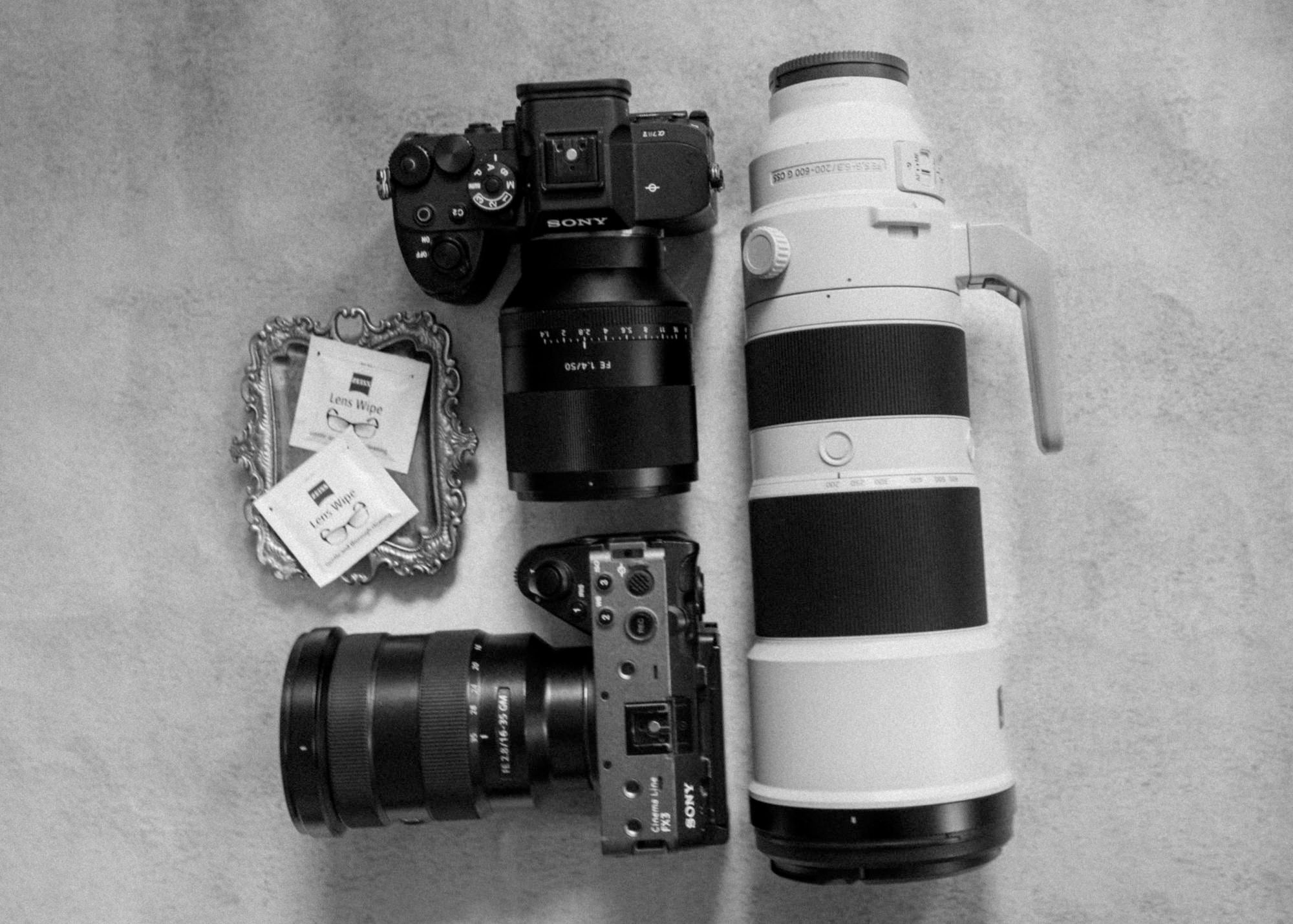
Cameras
Sony Alpha 7R V: The Sony Alpha 7R V is essential for my wildlife and landscape photography for several key reasons, making it a crucial part of my camera bag.
Here’s why I value it so much:
1. High Resolution for Detail-Rich Landscapes.
With its 61-megapixel sensor, the Sony Alpha 7R V captures an incredible amount of detail, which is essential when I’m shooting landscapes. Whether it’s the texture of distant mountains, the intricacies of a forest, or the fine details of wildlife, the resolution allows me to capture and print large, high-quality images. The ability to crop in without losing significant detail is especially valuable when I need to adjust compositions in post-processing.
2. Autofocus Precision for Wildlife.
When I’m out in the field capturing wildlife, the Sony Alpha 7R V’s advanced autofocus system is a game-changer. The real-time Eye AF for animals ensures sharp focus on my subject’s eyes, even when they’re moving quickly. This is crucial for capturing intimate, expressive wildlife shots where precise focus makes all the difference. With its ability to track subjects accurately, I can stay focused on composing the shot rather than worrying about whether the focus will hold. Below is an example of when I had to rely heavily on autofocus. I captured this photo from a moving boat and only had seconds to capture the shot before the eagle took off beyond the trees.
Photo by Alex Briere. Sony Alpha 7R V. Sony 200-600mm f/5.6-6.3 G. 1/2500-sec., f/6.3, ISO 1250
3. Dynamic Range for Landscape Shots.
The Sony Alpha 7R V’s wide dynamic range allows me to capture landscapes with high contrast, such as sunrise or sunset scenes. It preserves details in both the shadows and highlights, which is key when I’m working in varied lighting conditions. This flexibility means I can bring out the full beauty of a scene, from deep shadows in a forest to bright skies over mountain peaks.
4. Robust Build for Any Condition.
Finally, I value the Sony Alpha 7R V for its durable build and weather sealing. Whether I’m hiking through rain, snow, or rugged landscapes, I can count on this camera to withstand harsh environments. Its reliability ensures I don’t miss shots!
Photographer Alex Briere in the field
Sony FX3: There are a few reasons the Sony FX3 is a crucial part of my camera kit.
1. Cinematic Image Quality for Storytelling.
The Sony FX3 is a dedicated cinema camera, and its ability to capture rich, cinematic footage is a huge advantage when I’m documenting wildlife and landscapes. With its full-frame sensor and dynamic range, the FX3 excels at rendering vivid colors, detailed shadows, and highlights. This makes it ideal for creating immersive nature scenes that tell a story—whether it’s the dramatic movements of wildlife or the slow, sweeping vistas of a landscape.
2. 4K 120fps for Slow-Motion Wildlife Shots.
One of the Sony FX3’s standout features is its ability to shoot 4K at 120fps. This high frame rate allows me to capture stunning slow-motion shots of wildlife in action—birds taking flight, animals running, or even wind blowing through a field of grass. This adds a dramatic effect to my footage, allowing me to highlight details and movement that would otherwise be missed at normal speeds.
3. Excellent Low-Light Performance.
Shooting wildlife and landscapes often means dealing with unpredictable lighting conditions. The Sony FX3’s low-light capabilities are a major asset, especially when filming in the early morning or late evening, during golden hour, or even under the stars. Its dual native ISO allows me to maintain high-quality footage without excessive noise, even in very dim lighting. I can always achieve a clean look without having to add much light.
Lenses
Sony 16-35mm f/2.8 G Master: My Landscape Must-Have. The Sony 16-35mm f/2.8 G Master lens is my go-to for landscapes. It offers a versatile range, from ultra-wide to a standard wide angle, allowing me to capture expansive scenes. It’s ideal for creating dramatic effects, such as emphasizing foreground elements against a broad background. I love capturing the reflections of mountains off lakes and tarns with my Sony 16-35mm f/2.8 G Master lens. The wide-angle perspective enhances the symmetry between the peaks and their mirrored reflection in the water, creating those perfect, visually striking compositions I’m always aiming for. There’s something incredibly satisfying about framing the stillness of the water with the towering mountains and open sky, giving the scene a sense of balance and tranquility.
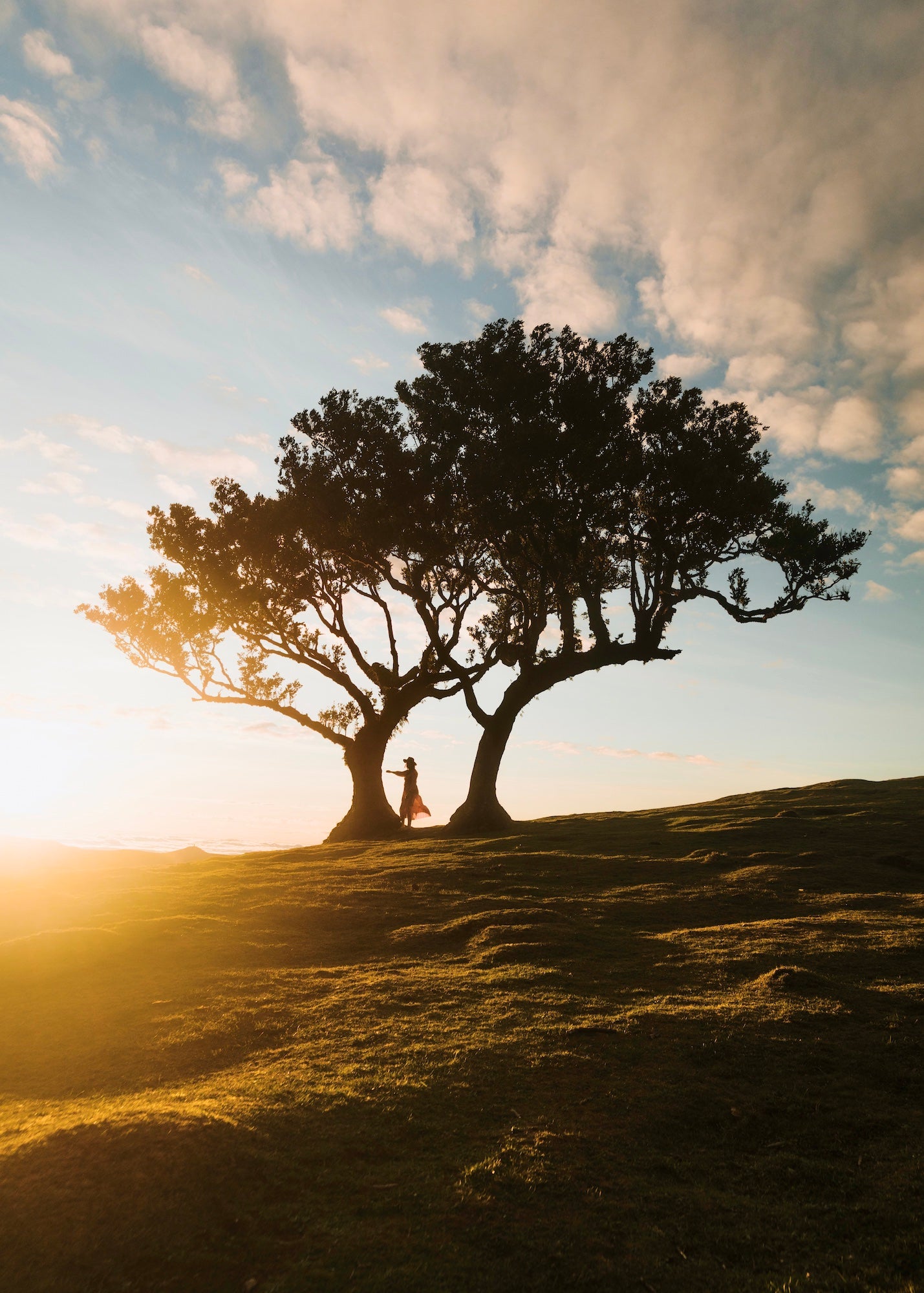
Photo by Alex Briere. Sony Alpha 7R V. Sony 16-35mm f/2.8 G Master. 160-sec., f/4, ISO 200
The f/2.8 aperture also performs well in low light, making it great for the night sky, a wide focal length (like the 16-35mm) helps capture vast expanses of stars, constellations, and the flowing patterns of auroras. The wide f/2.8 aperture complements this by keeping both the sky and any foreground elements sharp and well-exposed. I love the results I achieved from this shot in Jasper National Park.
Photo by Alex Briere. Sony Alpha 7R V. Sony 16-35mm f/2.8 G Master. 5-sec., f/2.8, ISO 1250
Sony 200-600mm f/5.6-6.3 G: For wildlife photography, the Sony 200-600mm f/5.6-6.3 G is indispensable. It allows me to capture distant subjects without disturbing them, which is crucial for photographing animals in their natural habitat. I am drawn to capturing birds, specifically owls, which at times can be very skittish.
Photo by Alex Briere. Sony Alpha 7R IV. Sony 200-600mm f/5.6-6.3 G. 1/2000-sec., f/6.3, ISO 400
The zoom range provides flexibility, enabling me to frame close-up shots of them and then zoom out for environmental context.
Despite its size, the lens is relatively lightweight and well-balanced, making it manageable for handheld shooting. I also love using the crop mode on the Sony Alpha 7R V paired with the Sony 200-600mm f/5.6-6.3 G lens. It’s a great technique when you need extra reach, especially for wildlife photography. The Sony Alpha 7R V’s high-resolution sensor allows you to switch to APS-C crop mode, which effectively gives you a 1.5x zoom without sacrificing too much image quality. This extends the focal range of the Sony 200-600mm f/5.6-6.3 G lens to an impressive 300-900mm equivalent. With the Sony Alpha 7R V having 61 megapixels, even in crop mode, you’re still left with a solid resolution of around 26 megapixels, which is more than enough for sharp, detailed shots. Below is an image of a Puffin that I was able to utilize this technique and still maintain fantastic detail while cropped in.
Photo by Alex Briere. Sony Alpha 7R V. Sony 200-600mm f/5.6-6.3 G. 1/5000-sec., f/6.3, ISO 1000
Sony 50mm f/1.4: My Portrait Pro. The Sony 50mm f/1.4 lens is my choice for portraits, both in weddings and individual sessions. Its focal length provides a natural perspective that flatters subjects, while the wide f/1.4 aperture creates a beautiful, creamy bokeh, isolating the subject from the background. This lens is compact, fast, and versatile, making it perfect for capturing intimate moments and candid expressions. I absolutely love the look of my images that I get when using this lens.
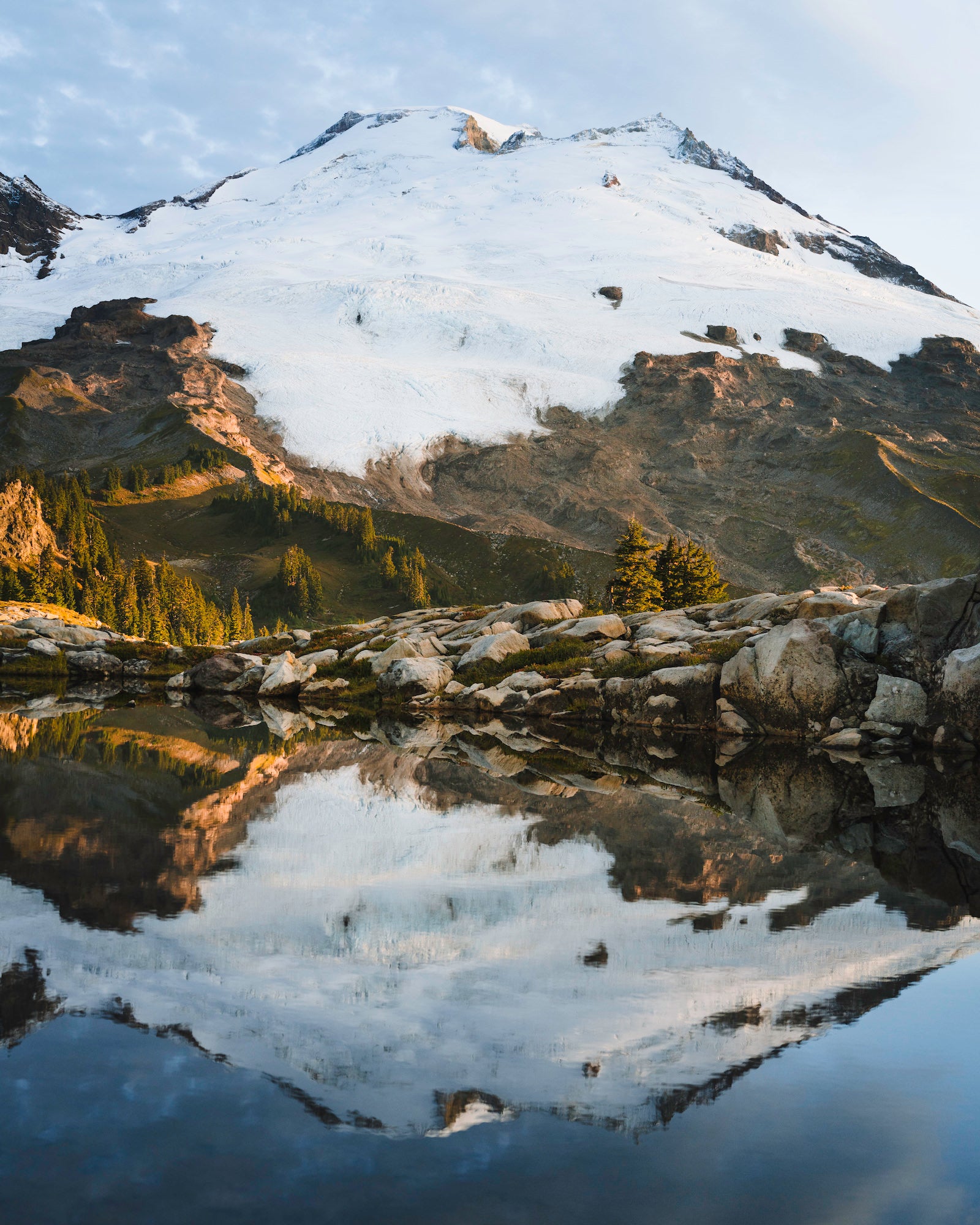
Photo by Alex Briere. Sony Alpha 7R V. Sony 50mm f/1.4. 1/500-sec., f/4, ISO 160
Each lens in my kit serves a distinct purpose, allowing me to adapt to the varied demands of my work. The Sony Alpha 7R V, with its high resolution and dynamic range, ensures I capture every detail in my stills, while the Sony FX3, with its cinematic capabilities, provides stunning video footage. This combination of equipment empowers me to create compelling visual narratives, whether I'm documenting a couple's special day, capturing the majesty of a landscape, or freezing a fleeting moment of wildlife behavior. In the end, the best camera gear is the one that feels like an extension of your creative vision.
Photographer Alex Briere
For me, these tools and lenses are not just equipment; they’re the means to tell stories, evoke emotions, and showcase the world through my eyes.
Accessories
Zeiss Wipes: Lastly, one accessory I can’t leave the house without is Zeiss wipes. Keeping my gear clean is essential for capturing the best possible images. Whether I’m shooting wildlife in dusty conditions or landscapes near water, lenses can quickly get smudged or dirty. These wipes are perfect for safely cleaning my lenses, camera body, and even my viewfinder, without leaving streaks or residue. It’s a small but vital part of my kit that helps me avoid ruined shots from dirty glass.
Photo by Alex Briere. Sony Alpha 7R III. Sony 200-600mm f/5.6-6.3 G. 1/800-sec., f/6.3, ISO 640
See more of Alex Briere’s work on Instagram @alexander.briere.
